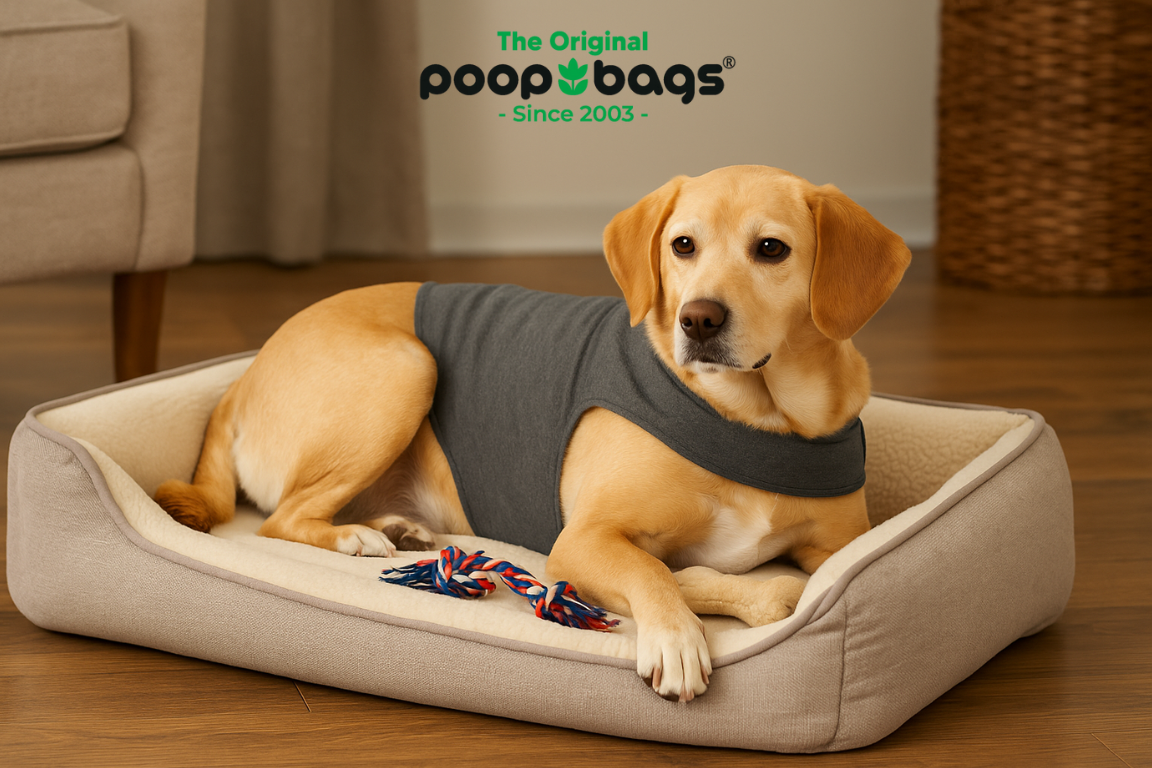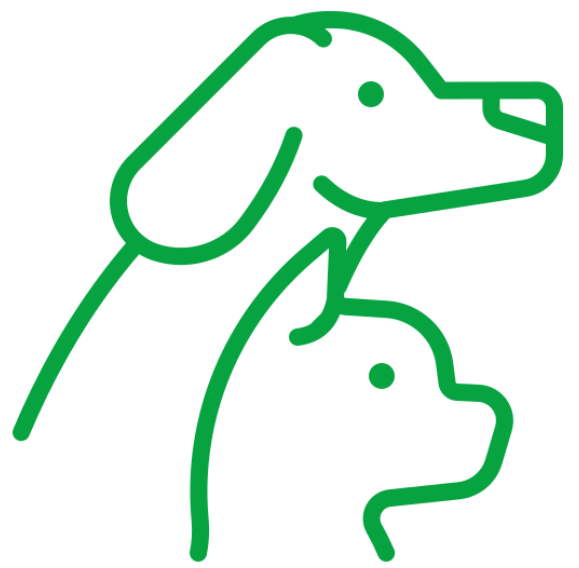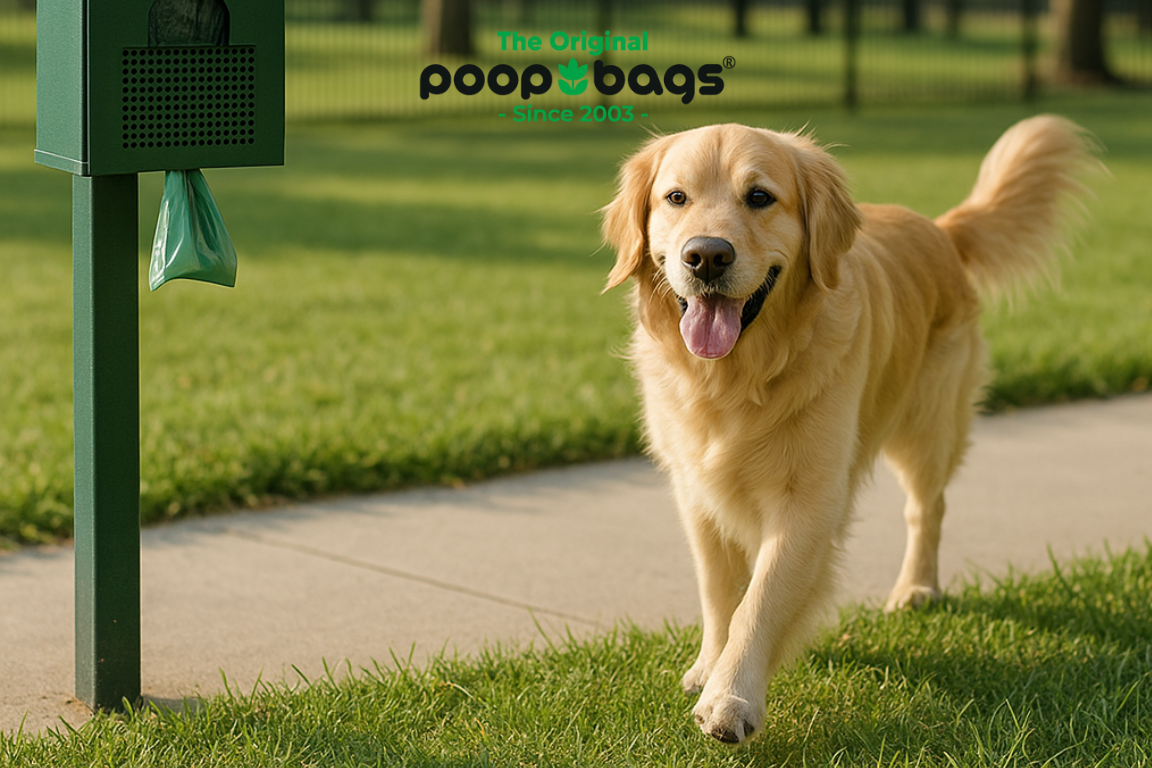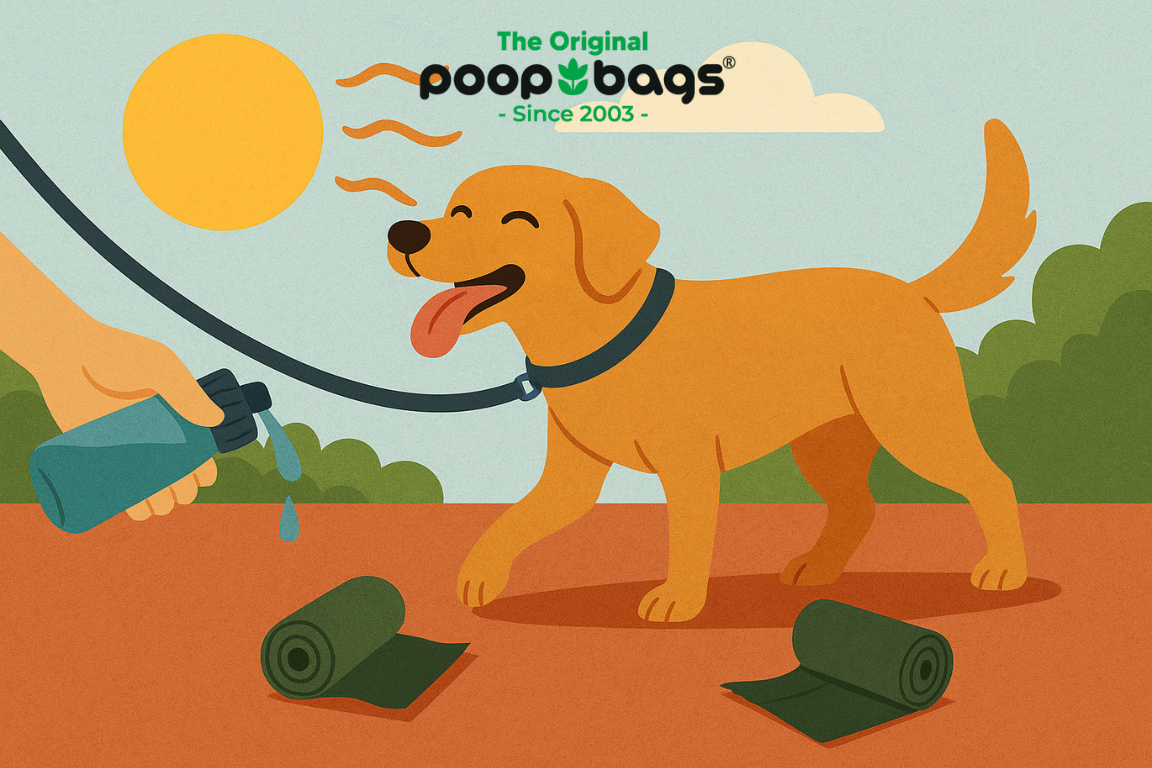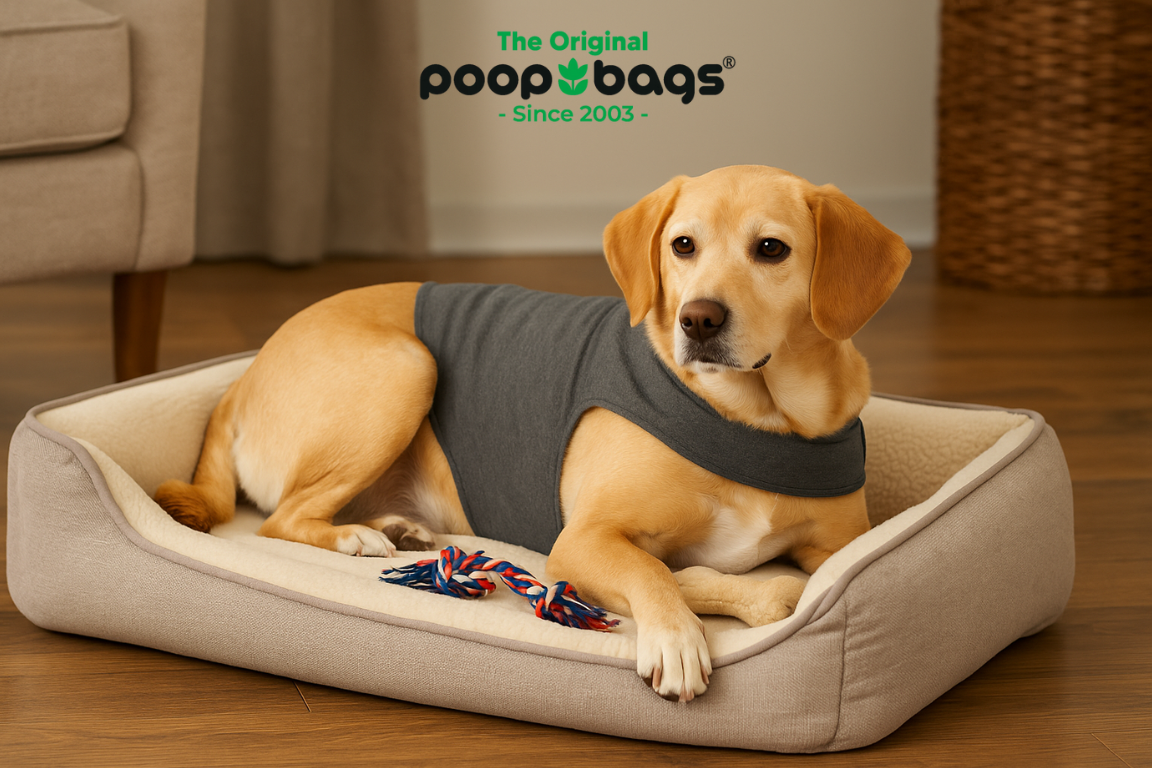Dogs can experience anxiety just like humans. Whether it’s separation from their favorite human, loud noises, or unfamiliar environments, anxiety can impact your dog’s health, behavior, and happiness. Understanding the causes and solutions is key to helping your furry friend feel calm and confident.
Common Causes of Dog Anxiety
-
Separation Anxiety: Stress when left alone
-
Noise Sensitivity: Thunderstorms, fireworks, or construction sounds
-
Travel & New Environments: Vet visits, car rides, or moving homes
-
Changes in Routine: New pets, family members, or lifestyle changes
Recognizing the signs early—pacing, whining, destructive behavior, or excessive barking—can help prevent escalation.
Effective Solutions for Dog Anxiety
1. Create a Safe Space
A cozy crate, bed, or quiet room can give your dog a secure spot to relax. Include their favorite toys or blankets to make it inviting.
2. Establish a Routine
Dogs thrive on consistency. Regular feeding, walks, playtime, and sleep schedules help reduce stress.
3. Exercise & Mental Stimulation
Active dogs are calmer dogs. Daily walks, fetch sessions, and interactive toys keep their minds and bodies engaged, reducing anxious energy.
4. Calming Products & Tools
-
Anxiety wraps or vests: Gentle pressure can soothe nervous dogs
-
Interactive toys: Keeps your dog distracted and entertained
-
Treats & chews: Especially those formulated with calming ingredients like chamomile or CBD (always consult your vet first)
5. Behavior Training & Positive Reinforcement
Gradual desensitization to anxiety triggers combined with rewards helps your dog build confidence. Professional trainers can guide specialized programs.
6. Consult Your Veterinarian
If anxiety persists or worsens, your vet may recommend supplements or medications to support your dog’s mental health.
Tips for Everyday Anxiety Management
-
Stay calm yourself—dogs pick up on human stress
-
Avoid punishment for anxious behavior; it worsens stress
-
Provide plenty of affection and reassurance
-
Track triggers to better anticipate and manage stressful situations
Final Thoughts
Dog anxiety is common, but it doesn’t have to control your pup’s life. With patience, structure, and the right tools, you can help your dog feel safe, confident, and happy. Every small step—from consistent routines to calming products—makes a big difference in your dog’s emotional well-being.


